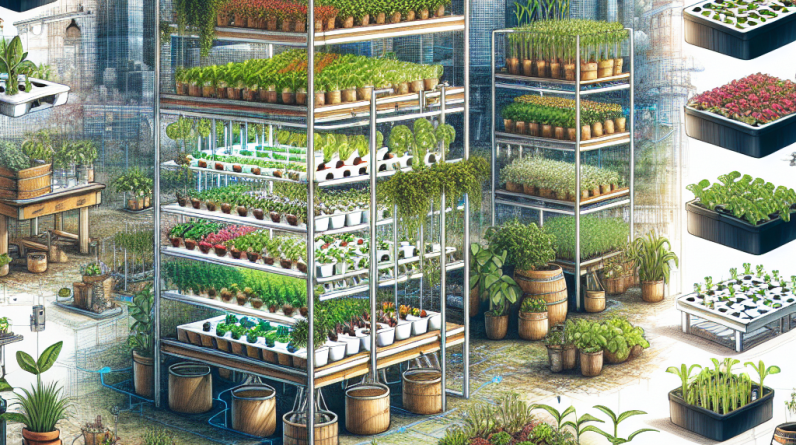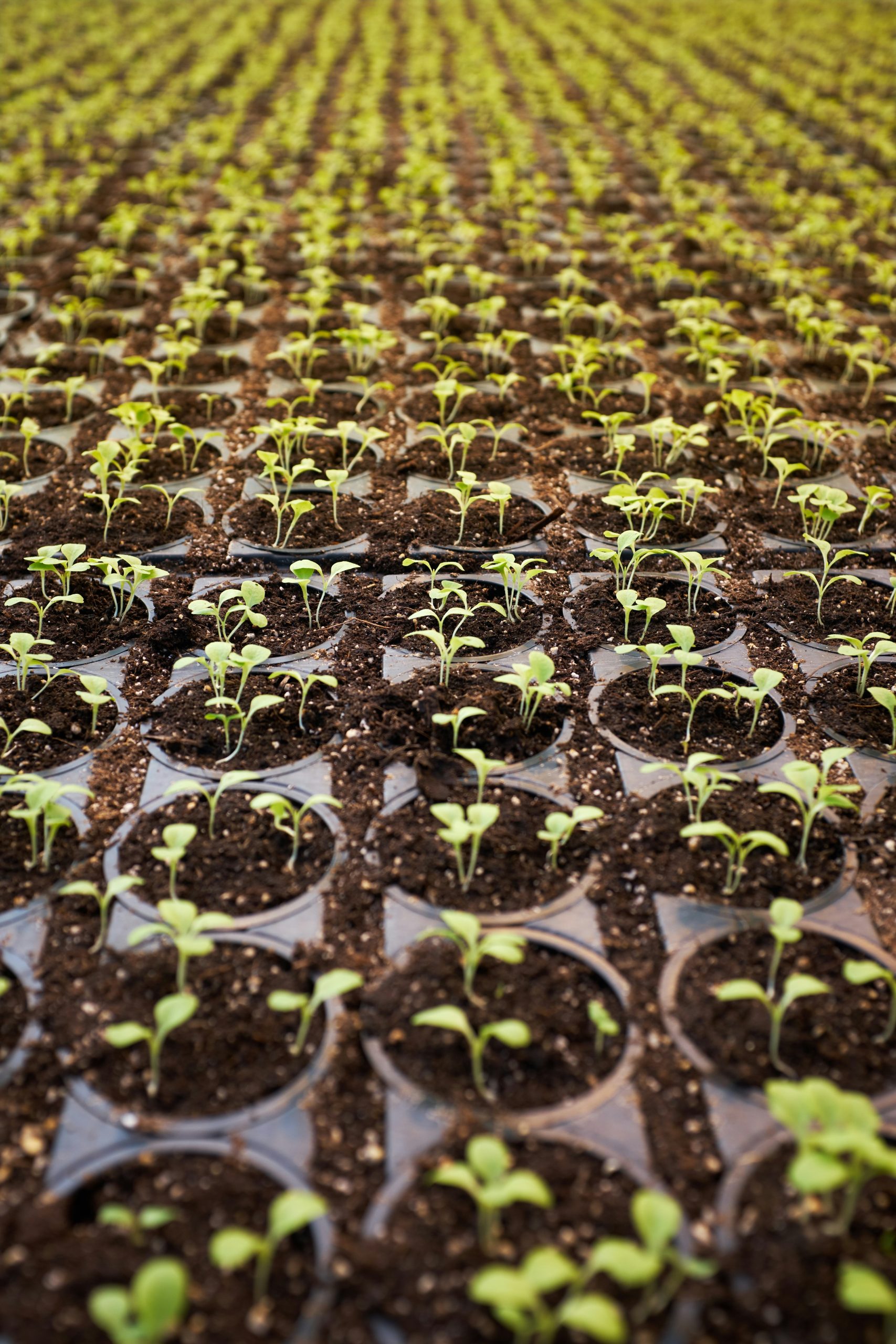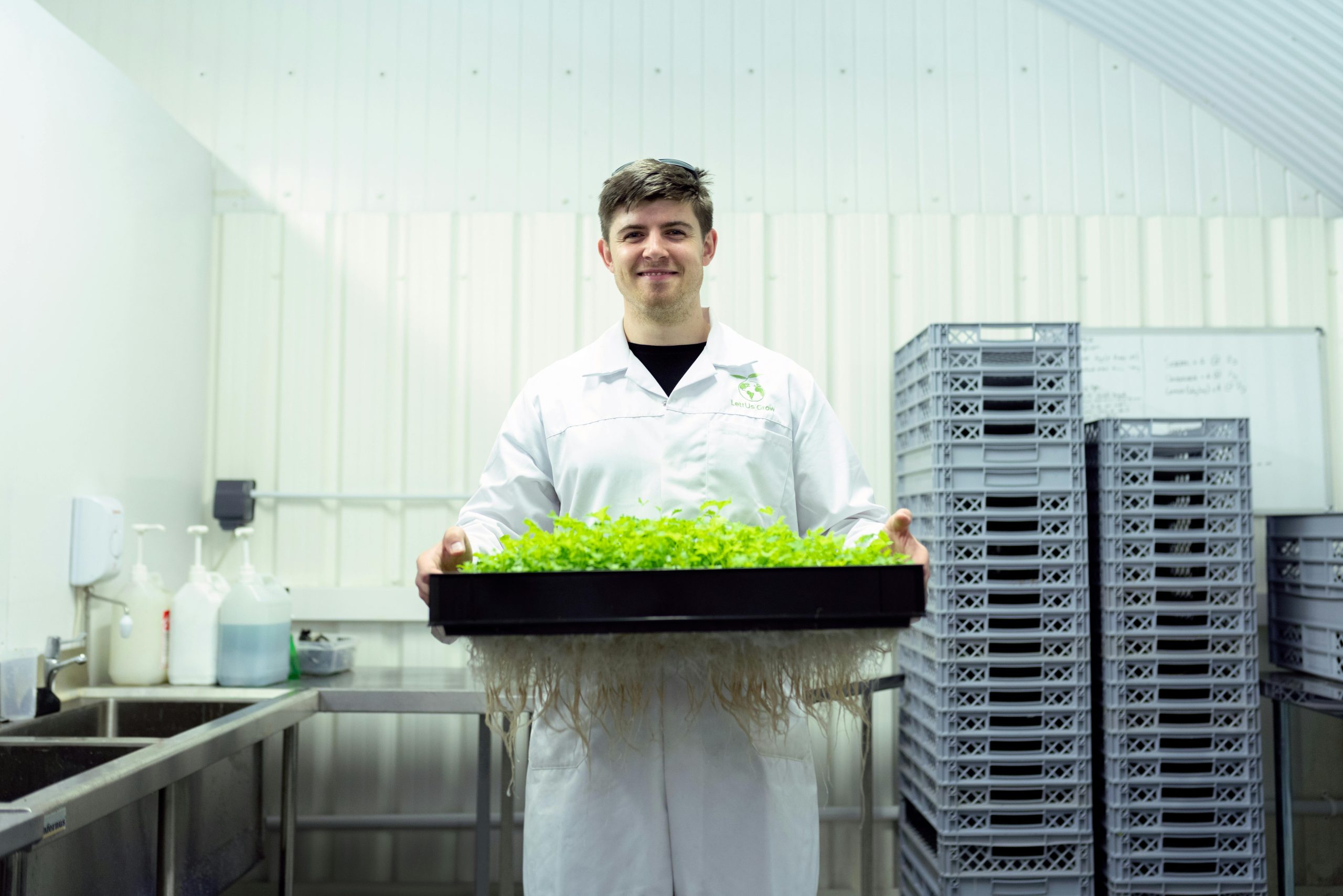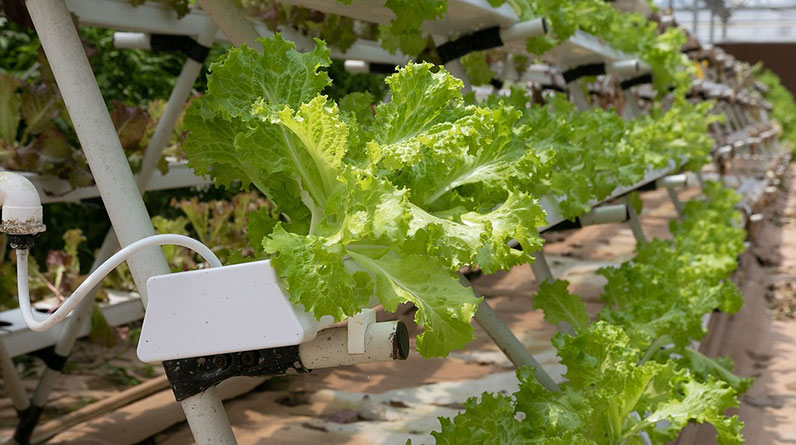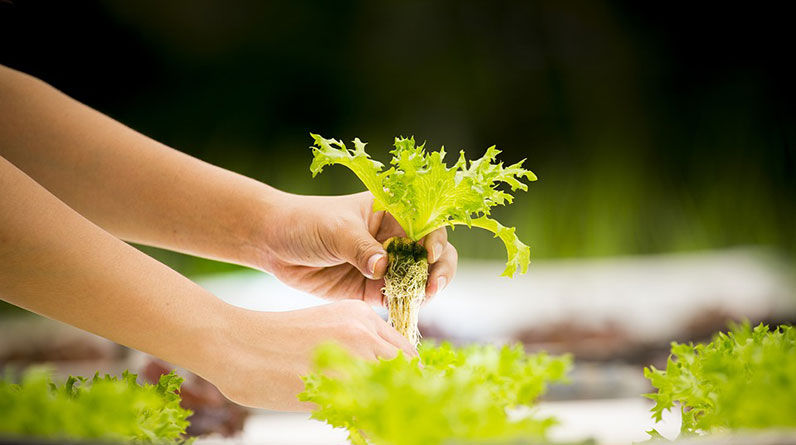
Table of Contents
- 1. Understanding Hydroponic Growing Towers
- 2. Selecting the Right Hydroponic Growing Tower System
- 3. Ideal Plants for Hydroponic Growing Towers
- 4. Optimizing Nutrient Delivery in Hydroponic Growing Towers
- 5. Managing Lighting for Maximum Growth
- 6. Maintaining Proper pH and Electrical Conductivity (EC)
- 7. Ensuring Adequate Water Circulation and Oxygenation
- 8. Implementing Pest and Disease Control Strategies
- 9. Scaling Up Your Hydroponic Growing Towers
- 10. Leveraging Tech: Automation and Monitoring
- FAQs about Hydroponic Growing Towers
1. Understanding Hydroponic Growing Towers
What Are Hydroponic Growing Towers?
Hydroponic growing towers are vertical structures designed to grow plants without soil, utilizing a nutrient-rich water solution. These innovative systems are highly space-efficient, making them perfect for urban growers or limited-area gardens. By stacking multiple planting levels, they maximize output per square foot, especially in small environments.
As of 2025, hydroponic growing towers have become popular among hobbyists and commercial growers alike. Their scalability and energy efficiency make them a compelling choice for sustainable gardening. In essence, a hydroponic growing tower allows you to produce a large quantity of herbs, greens, and even berries with minimal land use.
Many modern towers incorporate smart features like automated watering, LED lighting, and real-time monitoring. These advancements help optimize plant health, reduce labor, and increase yield, which is why understanding their mechanics is fundamental for successful gardening.
The Science Behind Hydroponic Growing Towers
Hydroponic systems operate on the principle of nutrient delivery directly to plant roots, bypassing soil altogether. In towers, the nutrients are circulated through the system, often via a pump, reaching each plant efficiently. This method promotes faster growth compared to traditional soil gardening, supported by studies showing up to 25â50% increased growth rates.
Furthermore, the design of hydroponic growing towers allows for precise control of environmental factors. As a result, you can tailor nutrient levels, pH, and oxygenation to match plant requirements, leading to healthier plants and higher yields.
In 2025, innovations such as UV sterilization and AI-based monitoring are now integrated into some towers, reducing disease spread and optimizing plant conditions automatically.
2. Selecting the Right Hydroponic Growing Tower System
Types of Hydroponic Growing Towers
Choosing the ideal hydroponic growing tower depends on your space, budget, and gardening goals. Some of the most popular types include nutrient film technique (NFT) towers, drip systems, and aeroponic towers. Each has distinct advantages and applications.
For instance, NFT towers are excellent for leafy greens and herbs due to their gentle nutrient flow. Drip towers are more versatile, supporting root vegetables and berries, while aeroponic systems deliver nutrients as a mist, promoting rapid growth and strong roots.
In 2025, hybrid systems combining features of these types are increasingly available, offering customizable solutions tailored to specific crops or environments.
Factors to Consider When Buying a Hydroponic Tower
When selecting a hydroponic growing tower, consider factors like size, material durability, ease of maintenance, and automation features. The investment should match your long-term gardening aspirations, whether for personal use or commercial production.
Durability is crucialâlook for UV-resistant plastics and corrosion-proof components, especially for outdoor setups. Automations like timer-based water pumps and LED lights can save time and ensure consistency.
Remember to evaluate the systemâs scalability; as your skills grow, you may want to expand. Investing in a versatile design now can save costs down the line.
3. Ideal Plants for Hydroponic Growing Towers
Top Crops to Grow in 2025
Hydroponic growing towers are quite versatile, supporting a wide range of crops. In 2025, some of the top-performing plants include lettuces, kale, basil, strawberries, and cherry tomatoes. These plants thrive in vertical systems due to their compact size and high yield potential.
Herbs like mint, cilantro, and parsley also grow exceptionally well, making towers a perfect indoor herb garden solution. Additionally, microgreens are an excellent choice since they mature quickly and can be harvested multiple times.
For commercial growers, integrating crops like blueberries or small fruiting plants is becoming popular due to higher profit margins. Proper crop selection enhances productivity and profitability.
Crop Management Tips for Tower Gardens
To succeed, choose plants compatible with your towerâs light and nutrient conditions. Regular pruning promotes airflow and prevents disease. Rotate crops seasonally to maintain soil-like health in your nutrient solution.
Utilize companion planting strategies to improve pest resistance and enhance growth rates. For example, basil and tomatoes grow well together, boosting flavor and yield.
In 2025, smart sensors even suggest crop rotation schedules and optimal harvest timings, simplifying management significantly.
4. Optimizing Nutrient Delivery in Hydroponic Growing Towers
Understanding Hydroponic Nutrients
Nutrient management is the backbone of successful tower gardening. In 2025, the trend favors using complete nutrient solutions balanced specifically for leafy greens, herbs, or fruiting plants. These solutions contain macro and micronutrients essential for plant health.
Itâs important to monitor nutrient levels regularly, as imbalances can impair growth or lead to deficiencies. Conducting weekly water tests for electrical conductivity (EC) helps maintain optimal nutrient concentrations.
Many growers use pre-mixed solutions designed for hydroponic towers, simplifying the process and reducing guesswork.
Delivery Systems for Efficient Nutrient Absorption
Efficient nutrient delivery ensures every plant receives adequate nutrition. Employing drip emitters, wicks, or flood-and-drain mechanisms can improve nutrient distribution and reduce waste.
In 2025, smart pumps and automated dosing systems can adjust nutrient flow based on real-time readings, optimizing plant growth conditions. This automation minimizes human error and maximizes yields.
Keeping the nutrient reservoir clean and topping up regularly prevents slime buildup and keeps the system healthy.
5. Managing Lighting for Maximum Growth
The Role of Light in Hydroponic Growing Towers
Lighting is critical for plant development, especially when growing indoors or in areas with limited natural sun. Proper lighting accelerates photosynthesis, boosting growth rates and yield.
LED grow lights are the preferred choice in 2025, due to their energy efficiency, spectrum control, and long lifespan. Adjustable spectrum options enable tailored illumination for different growth stages.
Positioning lights at appropriate distances and ensuring uniform coverage prevent uneven growth and optimize energy use. For most leafy greens, 12-16 hours of light per day is sufficient.
Innovative Lighting Technologies in 2025
Emerging technologies include smart lighting systems that adjust intensities automatically based on plant feedback. Some systems sync with sensors that measure plant health indicators, optimizing light exposure.
Color spectrum management, such as red and blue LED ratios, enhances specific growth phasesâvegetative growth versus flowering. Implementing these strategies leads to higher-quality yields.
Besides efficiency, growers aim to reduce electricity costs; therefore, LED lights with high PAR output and low power consumption are becoming standard.
6. Maintaining Proper pH and Electrical Conductivity (EC)
Why pH and EC Matter in Hydroponic Growing Towers
Maintaining optimal pH (between 5.5 and 6.5 for most crops) ensures nutrients are soluble and available to plants. In 2025, pH testing kits and automated controllers make this task easier than ever.
Electrical conductivity (EC) indicates the concentration of nutrients in your water. Too high or low EC levels can stunt plant growth or cause nutrient lockout.
Regular monitoring and adjustments are essential for consistent, high-quality harvests in your hydroponic growing towers.
Tools and Tips for pH and EC Management
Invest in digital pH and EC metersâthey provide quick, accurate readings. Calibration with standard solutions ensures accuracy.
Use pH adjusters like pH up or down solutions to keep levels in check. For EC, top off your reservoir with the proper nutrient concentration based on test results.
Automated systems that continuously monitor and adjust pH and EC are increasingly popular in 2025, saving time and avoiding human error.
7. Ensuring Adequate Water Circulation and Oxygenation
The Importance of Water Movement
Proper water circulation prevents stagnation and ensures nutrients are evenly distributed. In hydroponic growing towers, water pumps and aerators facilitate this process, especially crucial for root health.
Oxygenation of the nutrient solution enhances root respiration, leading to faster growth and stronger plants. Aeroponic towers especially rely on fine misting to keep roots oxygenated.
In 2025, advanced aeration systems with variable flow rates can adapt to plant needs, optimizing oxygen levels across the tower.
Tools and Techniques for Optimal Water and Air Flow
Using energy-efficient pumps and timers optimizes water flow without excessive energy use. Regular cleaning of filters and tubing prevents clogs and bacterial growth.
Supplementing with air stones or diffusers enhances oxygen levels in the reservoir. Monitoring dissolved oxygen helps maintain a healthy environment.
Automation systems that control water circulation and oxygenation levels are increasingly sophisticated in 2025, making it easier to maintain ideal conditions.
8. Implementing Pest and Disease Control Strategies
Common Pests and Diseases in Hydroponic Towers
Despite being soil-free, hydroponic growing towers are not immune to pests like aphids, whiteflies, and spider mites. Fungal issues such as root rot can also occur if conditions are not properly managed.
In 2025, integrated pest management (IPM) strategies focus on prevention, biological controls, and minimal chemical use. This aligns with sustainable and organic gardening trends.
Regular inspections, maintaining cleanliness, and using neem oil or beneficial insects are effective methods to keep pests at bay.
Preventative Measures and Treatments
Ensure good air circulation and proper sanitation to prevent disease outbreaks. Using sterilized components and clean water sources reduces risks.
Introduce compatible beneficial insects or biocontrol agents to naturally suppress pest populations. Chemical pesticides should be avoided or used as a last resort.
In 2025, smart monitoring tools can detect early signs of pest or disease issues, allowing prompt intervention and reducing crop loss.
9. Scaling Up Your Hydroponic Growing Towers
Expanding Your Garden Facility
Scaling from a small setup to a large farm requires careful planning. Modular systems allow for easy expansion without significant overhaul. As your experience grows, you can add more towers, optimizing yield potential.
In 2025, integrated management platforms enable control over multiple towers simultaneously, simplifying logistics and resource management.
Consider zoning your farm environment to accommodate different crops or growth stages, improving efficiency and harvest consistency.
Managing Increased Production
Automation becomes indispensable at larger scales. Automated watering, lighting, and climate control reduce labor costs and enhance productivity.
Invest in storage and processing facilities to handle increased produce. Planning for logistics ensures fresh delivery and minimal waste.
Community-supported agriculture (CSA) programs or direct-to-consumer sales are effective channels for large-scale hydroponic growers in 2025.
10. Leveraging Tech: Automation and Monitoring
Integrating Smart Technologies
In 2025, automation is transforming hydroponic growing towers. IoT sensors monitor nutrient levels, pH, temperature, humidity, and light, sending real-time data to your smartphone or control panel.
Automated systems can adjust nutrient dosing, lighting schedules, and climate conditions, ensuring optimal growth without constant manual intervention. This minimizes human error and maximizes efficiency.
Adopting these technologies can significantly boost your harvests while saving time and resourcesâa game-changer for both hobbyist and commercial growers.
The Future of Hydroponic Grower Tech
Emerging innovations include AI-driven analytics, blockchain tracking for transparent supply chains, and robotic harvesting systems. These advancements are set to redefine efficiency in the industry.
Data-driven decision-making allows for more precise crop management, leading to higher yields and better quality produce.
Stay ahead in 2025 by investing in these smart solutions to optimize your hydroponic growing towers and maximize your harvest potential.
Frequently Asked Questions about Hydroponic Growing Towers
1. What are hydroponic growing towers and how do they work?
Hydroponic growing towers are vertical, soil-free systems that grow plants using nutrient-rich water solutions circulated through different levels. They efficiently maximize space and yield, especially in limited areas.
2. How do I choose the best hydroponic growing tower for my needs?
Consider your available space, crop preferences, budget, and whether you want indoor or outdoor systems. Different types like NFT or aeroponic towers suit various plants and scales.
3. Can I grow any plant in hydroponic growing towers?
While many plants thrive, the most suitable ones include leafy greens, herbs, strawberries, and small fruiting plants. Some plants may require specific conditions for successful growth.
4. How do hydroponic growing towers improve crop yield?
They provide optimal nutrient delivery, excellent oxygenation, and ideal lighting, which promote faster growth and higher yields compared to traditional soil gardening.
5. What are the main benefits of using hydroponic growing towers in 2025?
Benefits include space efficiency, water conservation, faster growth, less use of pesticides, and the ability to grow year-round indoors or outdoors with minimal land.
Conclusion
In 2025, the importance of hydroponic growing towers continues to grow as a sustainable, efficient way to produce abundant crops in limited spaces. Understanding how to optimize every aspectâfrom selecting the right system to leveraging advanced technologyâcan significantly boost your harvest and overall success. Whether you’re a hobbyist or a commercial grower, mastering these strategies centered around hydroponic growing towers will ensure a fruitful future in food production and urban agriculture. Embrace the innovations and insights of 2025, and watch your hydroponic garden flourish!


